As a product marketer, it’s easy to get caught up in the excitement of launching new products. After all, the launch day is when everything comes together – the messaging, the demos, the events. But what happens next? How do we ensure the product doesn’t just get launched and then left to fend for itself?
The truth is, the real work begins after the launch. It's about turning that initial excitement into sustainable business growth, and that’s where understanding the levers that unlock revenue growth comes in.
I’ve been in product marketing for over a decade, and while it’s always been a fun and dynamic field, I've learned the hard way that the value we bring to the organization isn't just in delivering great launches – it's in driving revenue.
So, in this article, I’m going to cover how we can develop a revenue mindset and use it to make a lasting impact on the business.
Let’s go beyond the launch.
The power of a revenue mindset
When I first started in product marketing, I wasn’t always thinking about revenue. Sure, we all knew our work impacted the bottom line, but it wasn’t front and center in our minds. But over time, I realized that a revenue mindset isn’t just a nice-to-have – it’s a must-have. Here's why.
Shifting perceptions
If you’re anything like me, you’ve probably spent time advocating for the value of product marketing in your organization. For years, CMOs have had to fight for a seat at the table, showing CEOs and CFOs that marketing isn’t just a cost center, but a revenue driver. That’s the same fight product marketers are facing now.
When you tie your work to revenue, people start to see you as a strategic asset. It’s no longer about just creating content or launching products; it’s about generating business outcomes, and that’s a game-changer.
Strategic value
Having a revenue mindset doesn’t just change how others perceive you; it gives you the chance to flex different dimensions of your strategic and leadership skills that can set you apart. It allows you to become a true business partner, not just a product advocate. And honestly, it positions you for bigger roles, whether that’s as a senior marketer, CMO, or even beyond.
Moving beyond launches
Let’s face it: as product marketers and go-to-marketers, we often become obsessed with launch day. We pour ourselves into making sure every detail is perfect. But what about day 30, day 60, and day 90? Without a focus on long-term growth, launches can become little more than fireworks that fizzle out.
In fact, 80% of all product launches fail within two years. Why is that? I believe it’s because so many product marketers focus on the launch itself without thinking through how they’re going to sustain that growth long term. A revenue mindset shifts the focus from short-term launches to long-term product growth, and that's when you start to see the true impact.
Understanding the levers and metrics that drive revenue
Okay, now that we’ve established that revenue should be the driving force behind everything we do, the next question is: How do we actually unlock revenue growth?
The answer lies in understanding the right metrics to measure and the levers you can pull to drive those metrics.
We track a lot of metrics, but not all of them tie directly to revenue. It’s easy to get bogged down in vanity metrics – things like website clicks, form submissions, or lead volume. But at the end of the day, what really matters is how your work impacts revenue.
The four pillars of revenue growth at Salesforce
At Salesforce, we focus on four key metrics that are directly tied to revenue growth: pipeline generation (pipe gen), open pipeline, sales coverage, and sales velocity.
Let me break down what these metrics mean and how they tie directly to revenue:





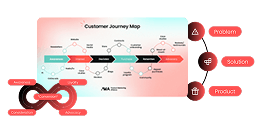




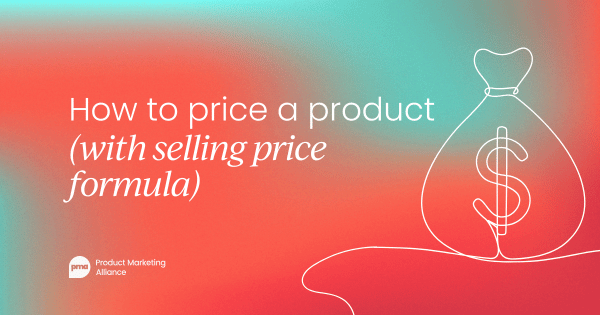

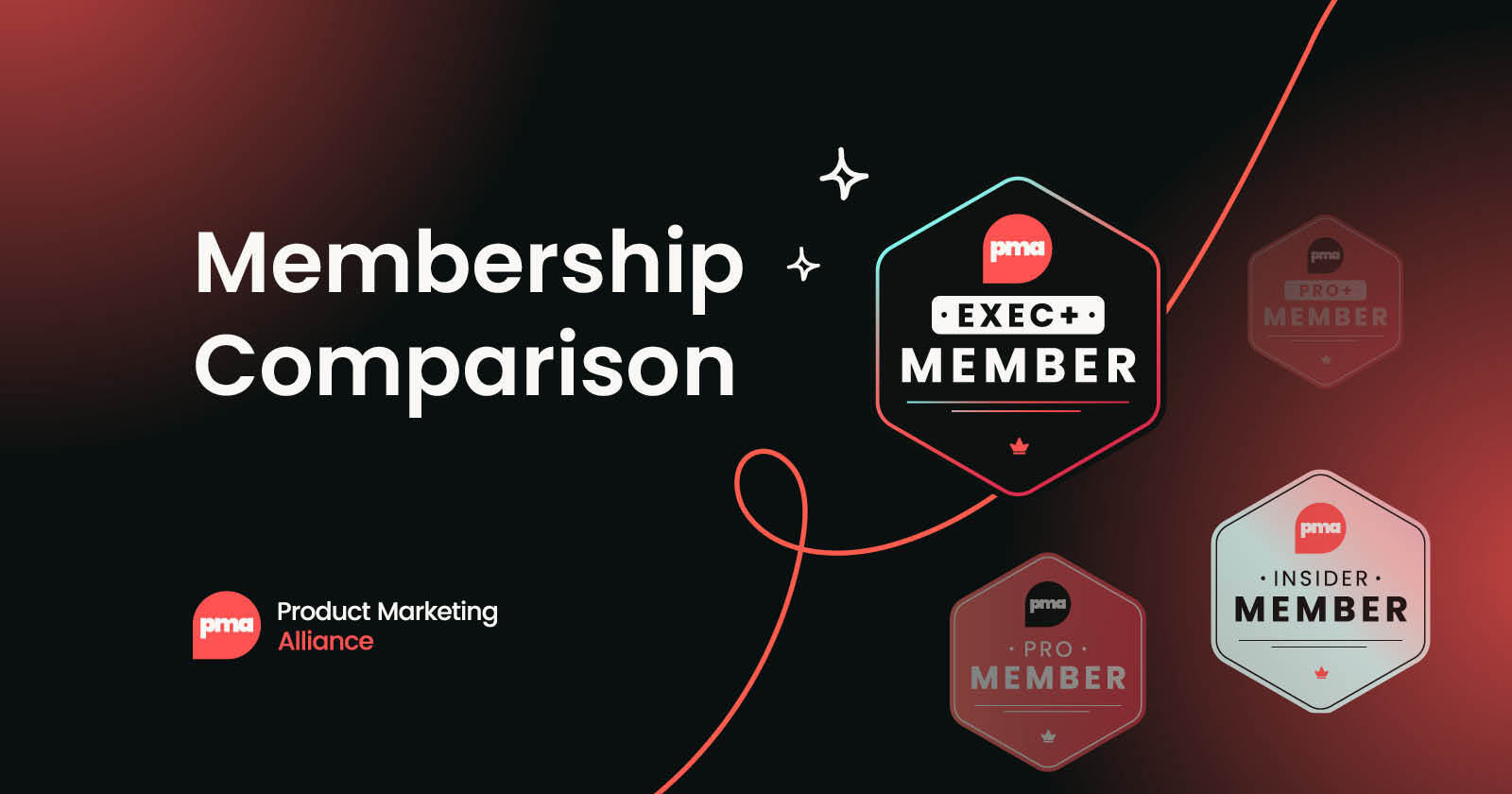

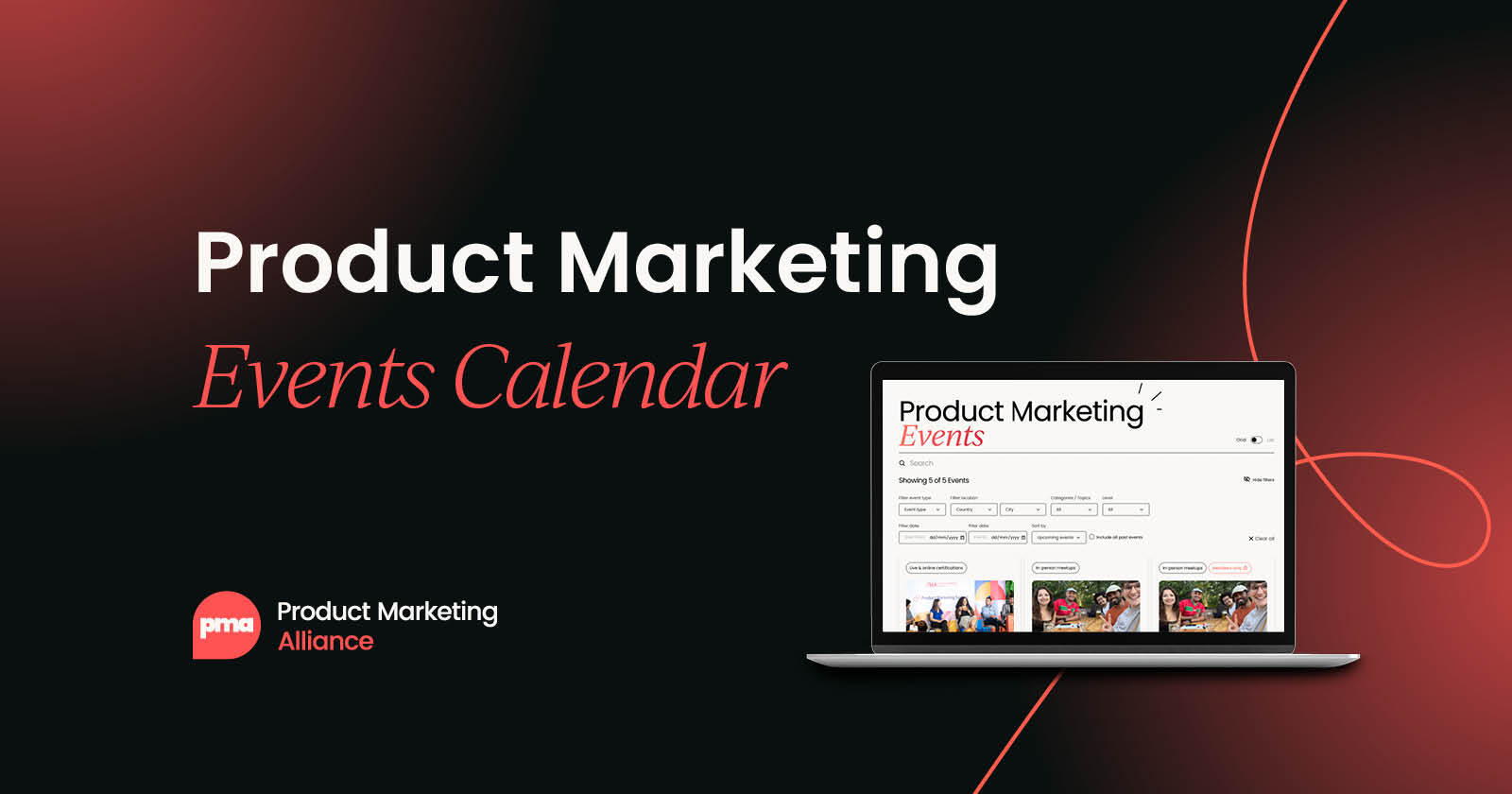


 Follow us on LinkedIn
Follow us on LinkedIn




.svg)